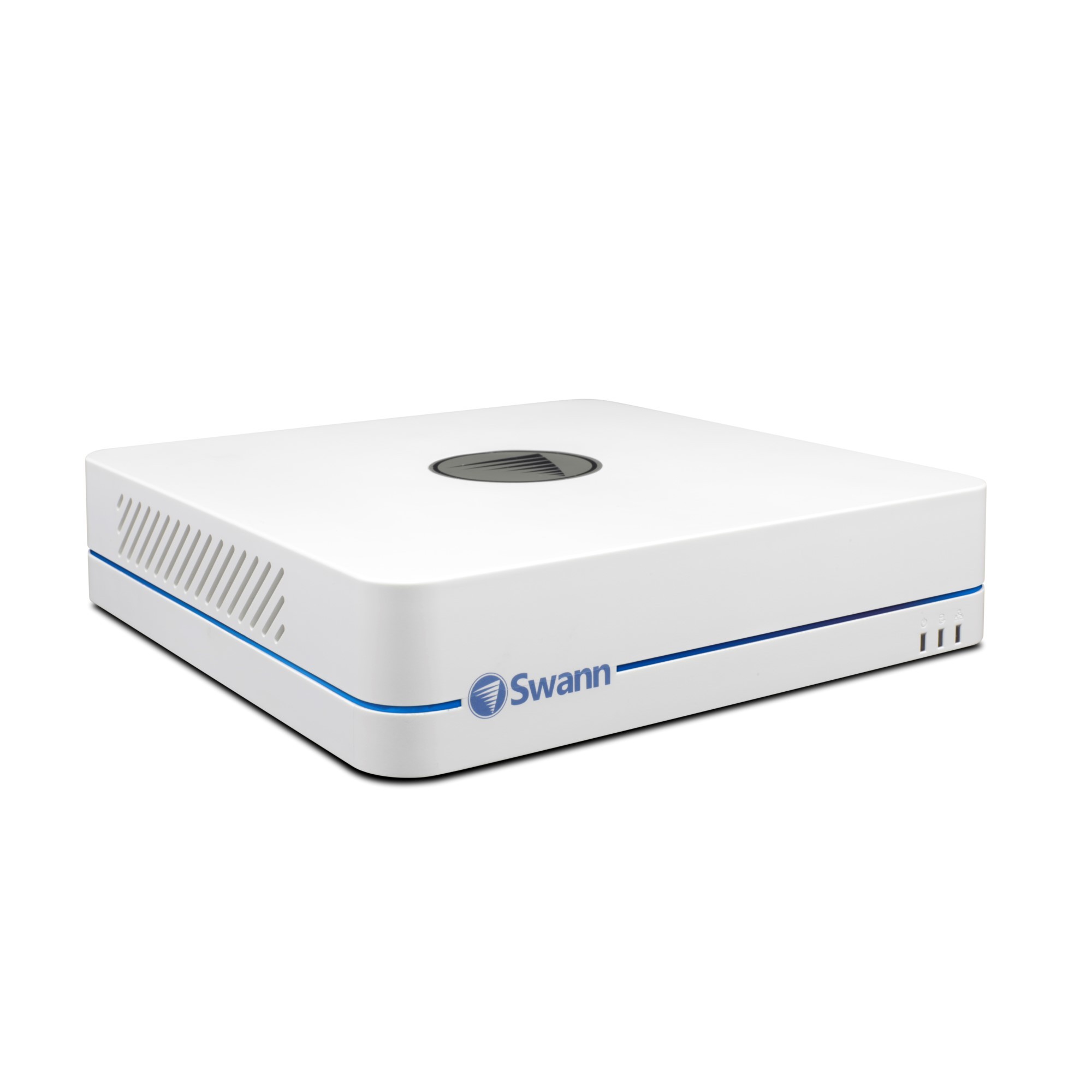Good day all,
Last week I went ahead and tried to perform a firmware update on my Swann NVR (SWNVR-87285H). The firmware failed to update and the system hung. After an hour, it rebooted and halts on the loading page. Oh dear.
I've contacted support a number of times, and they've been no help. Thus, I grabbed my old USB->UART header dongle, found the UART headers on the NVR board and plugged in. Sure enough, a console getting stuck on "Starting Kernel ...". I rebooted the system and held down the enter key, this stopped the autoboot. (First thing I did from here was to set the env-var to wait 5 seconds before booting).
I'm wondering if anyone can help me get any further in re-flashing the device. I'm guessing this was just a bad flash. All commands on uboot working, so seems uboot isn't broken.
I've attached a copy of the output.
Could anyone help?
Last week I went ahead and tried to perform a firmware update on my Swann NVR (SWNVR-87285H). The firmware failed to update and the system hung. After an hour, it rebooted and halts on the loading page. Oh dear.
I've contacted support a number of times, and they've been no help. Thus, I grabbed my old USB->UART header dongle, found the UART headers on the NVR board and plugged in. Sure enough, a console getting stuck on "Starting Kernel ...". I rebooted the system and held down the enter key, this stopped the autoboot. (First thing I did from here was to set the env-var to wait 5 seconds before booting).
I'm wondering if anyone can help me get any further in re-flashing the device. I'm guessing this was just a bad flash. All commands on uboot working, so seems uboot isn't broken.
I've attached a copy of the output.
Could anyone help?





